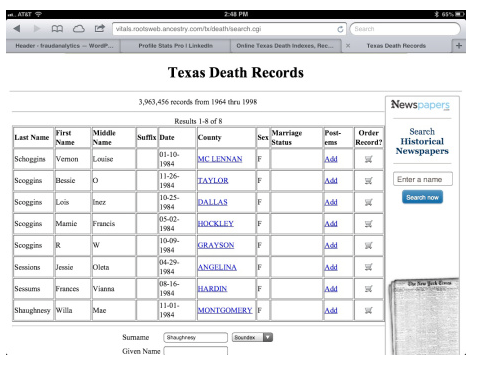There are many challenges you may face when integrating analytic work into a COSO or process audit. These key steps can help ensure success:
Hold a ‘kickoff’ meeting as soon as the audit begins – It’s important to get the audit and analytic teams together to discuss expectations from the beginning. What general area will the analytics be in? What’s the anticipated timeline for delivering on an analytic? Will a connection to the data need to be set up and, if so, how long will it take? Will data validation be needed?
Review the analytics request – Once the audit team has decided what analytics they need it’s time for everyone to get back together. Does the audit manager agree each analytic in the list will be helpful in meeting his/her objectives? Which analytics will be prioritized first? Which, if any, will need validation testing and how will that affect the timing of the deliverables? What will be the anticipated delivery date for each analytic?
Data validation planning – If a particular analytic is sensitive enough you’ll probably plan on performing some level of validation testing. This will likely be a team effort between the analyst and the auditor. Does the auditor have support from his/her manager or supervisor to devote time to the validation process? What validation will be performed (testing for completeness, reasonableness, reliability of computed fields, unmatched records if a join is involved)?
Delivering the analytic – Do the auditors want to use excel or ACL? Should a process flow or narrative be created to help the auditors articulate to the auditee how the data was obtained/analyzed? Does the SQL code or ACL script need to be archived for future audits?
These simple steps will go a long way to ensuring the success of your analytic project!
Hold a ‘kickoff’ meeting as soon as the audit begins – It’s important to get the audit and analytic teams together to discuss expectations from the beginning. What general area will the analytics be in? What’s the anticipated timeline for delivering on an analytic? Will a connection to the data need to be set up and, if so, how long will it take? Will data validation be needed?
Review the analytics request – Once the audit team has decided what analytics they need it’s time for everyone to get back together. Does the audit manager agree each analytic in the list will be helpful in meeting his/her objectives? Which analytics will be prioritized first? Which, if any, will need validation testing and how will that affect the timing of the deliverables? What will be the anticipated delivery date for each analytic?
Data validation planning – If a particular analytic is sensitive enough you’ll probably plan on performing some level of validation testing. This will likely be a team effort between the analyst and the auditor. Does the auditor have support from his/her manager or supervisor to devote time to the validation process? What validation will be performed (testing for completeness, reasonableness, reliability of computed fields, unmatched records if a join is involved)?
Delivering the analytic – Do the auditors want to use excel or ACL? Should a process flow or narrative be created to help the auditors articulate to the auditee how the data was obtained/analyzed? Does the SQL code or ACL script need to be archived for future audits?
These simple steps will go a long way to ensuring the success of your analytic project!







 RSS Feed
RSS Feed
